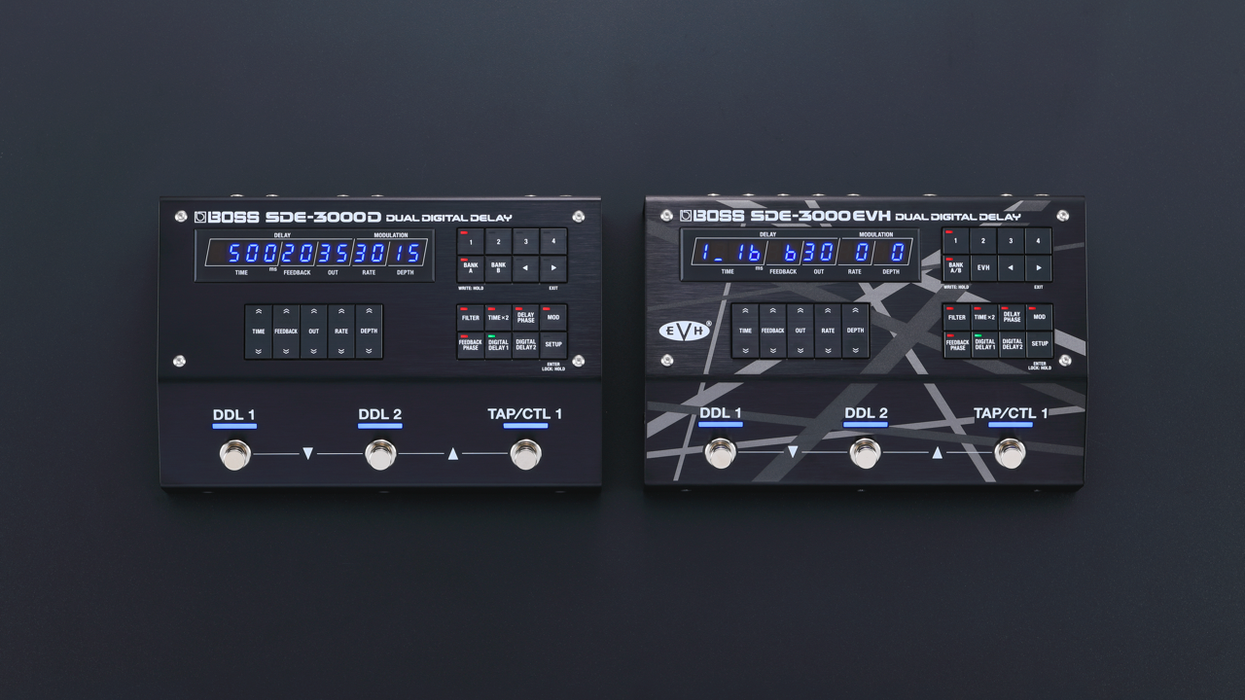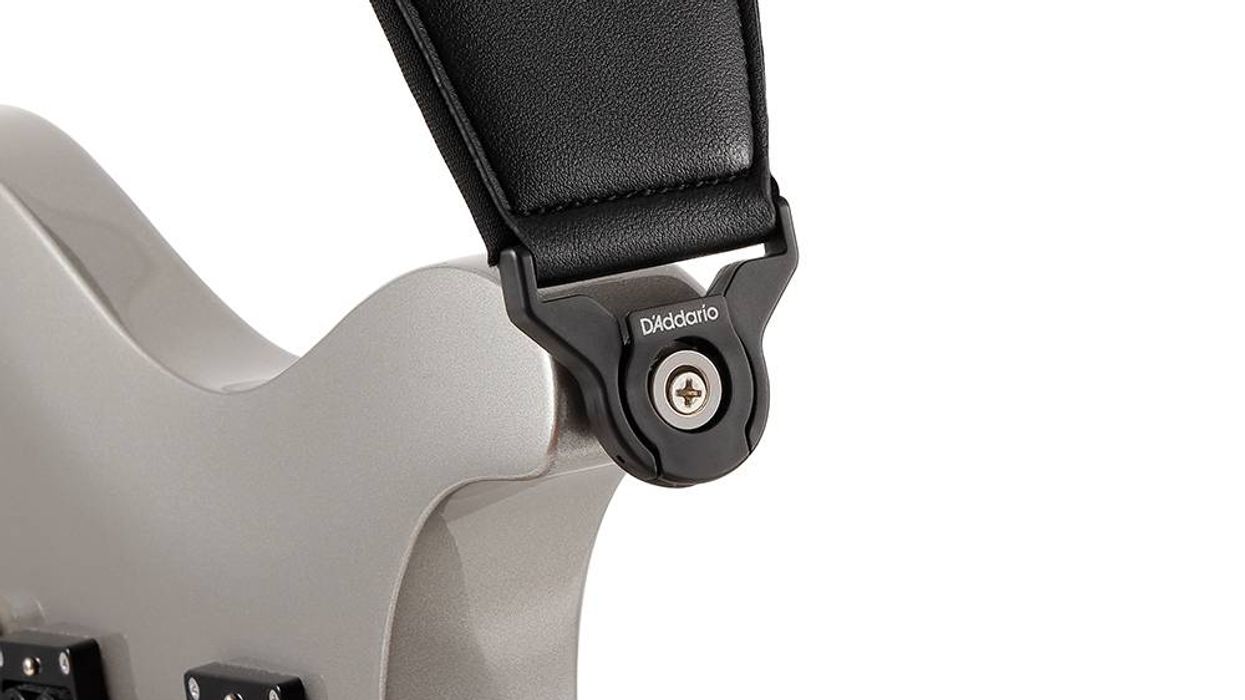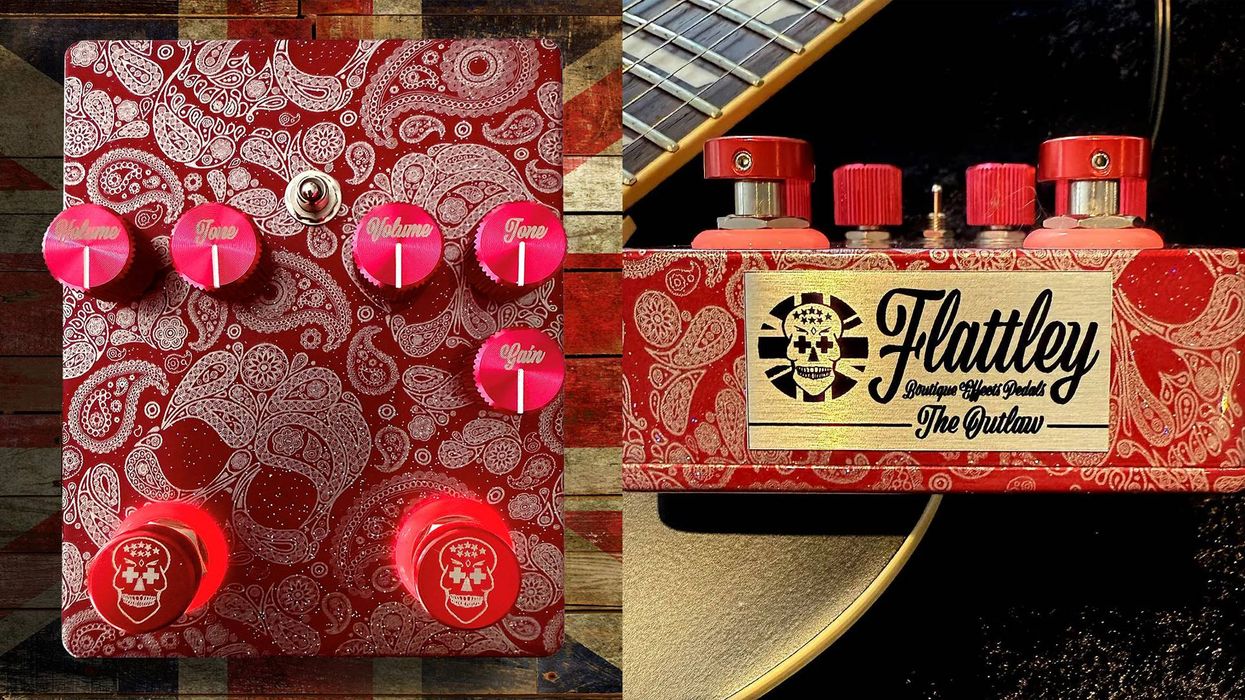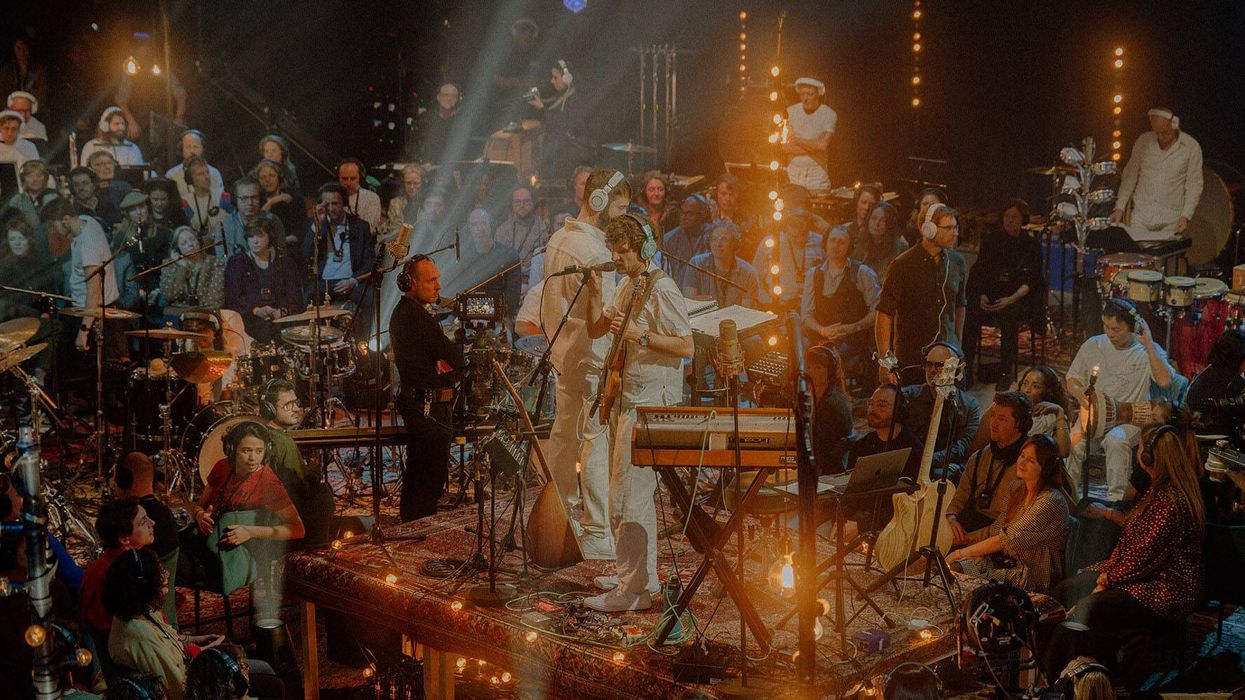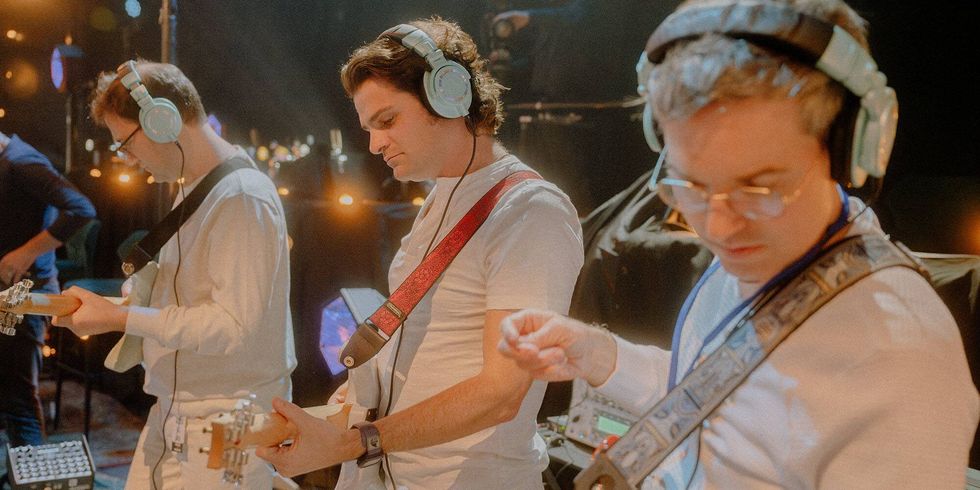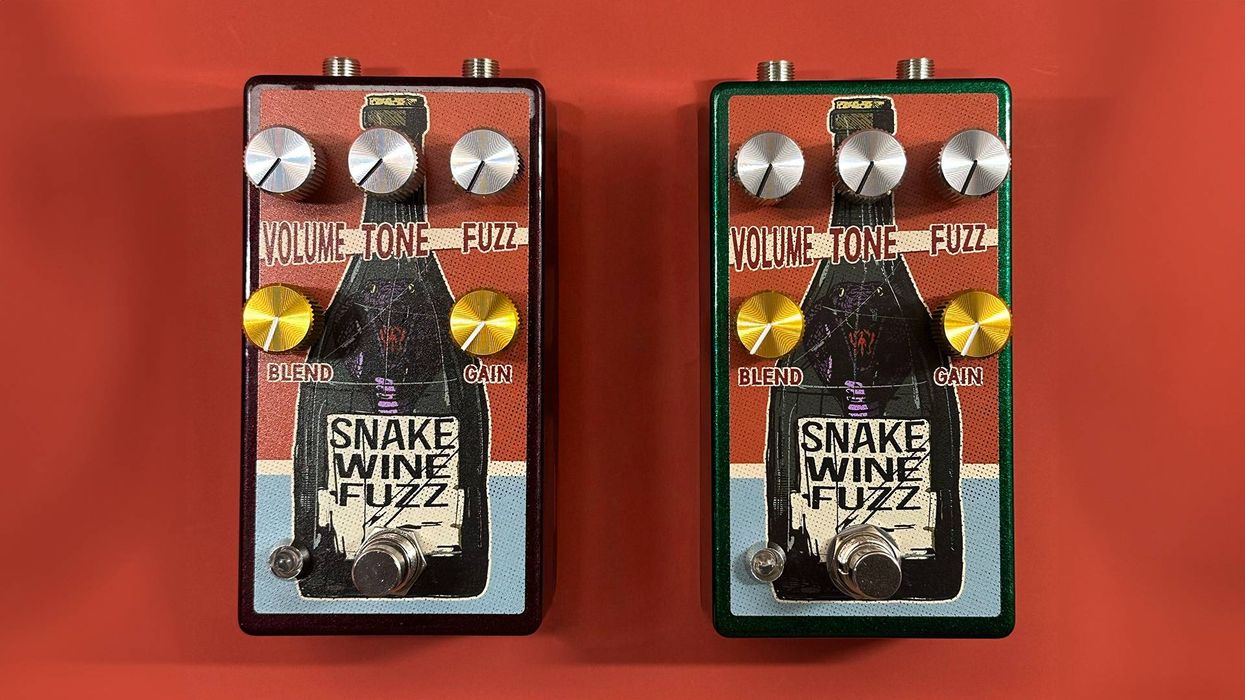Two Boss pedals based on the legendary Roland SDE-3000 Digital Delay, including a standard model and a special edition model developed with EVH.
BOSS announces the SDE-3000D and SDE-3000 EVH Dual Digital Delay pedals, two advanced effect processors based on the legendary RolandSDE-3000 rackmount digital delay from the 1980s. The SDE-3000D provides two authentic reproductions of the much-loved SDE-3000 in a modern floor-based pedal with independent delay parameters, versatile signal routing, and many other enhanced features. Developed in close collaboration with EVH, the SDE-3000EVH model is designed to go even further, providing curated presets and expanded I/O to authentically recreate the dual SDE-3000 setup at the heart of Eddie Van Halen’s massive three-cabinet live stage guitar sound.
SDE - 3000D Dual Delay
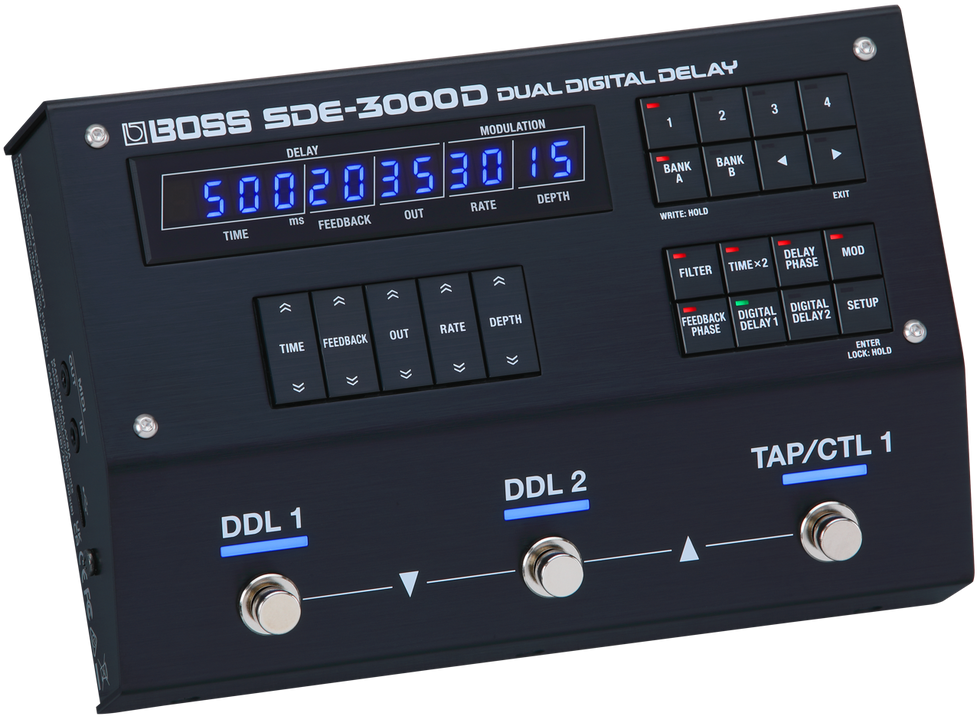
Released in 1983 at the dawn of the digital effects era, the Roland SDE-3000 is a hallowed icon among fans of classic gear. Its rich voice became an integral part of music in the 1980s and1990s and remains a source of inspiration for tone seekers and effect builders everywhere. With the SDE-3000D, today’s players can now access the authentic delay sounds used to produce one of the most iconic music tracks of all time.
The SDE-3000’s beautiful warm sound and inviting musicality were the result of clever and complex internal digital processing coupled with nonlinear behaviors from the supporting analog circuitry. Adjustable delay phase, unique modulation response, and other elements also contributed to the effect’s distinctive sound. BOSS engineers deeply analyzed these many factors in creating the SDE-3000D, bringing the complete character of this time-honored classic alive for the modern era.
While the SDE-3000 was mono, the SDE-3000D provides two discrete delays with series or parallel operation, independent settings, and mono or stereo modulation on each. Nearly every parameter from the original is available, accessed via a retro interface derived from the vintage hardware. And with enhanced features such as 100 user memories, flexible I/O, MIDI, and a wealth of onboard and external control options, the SDE-3000D offers much greater versatility than its rackmount inspiration.
SDE - 3000EVH Dual Delay
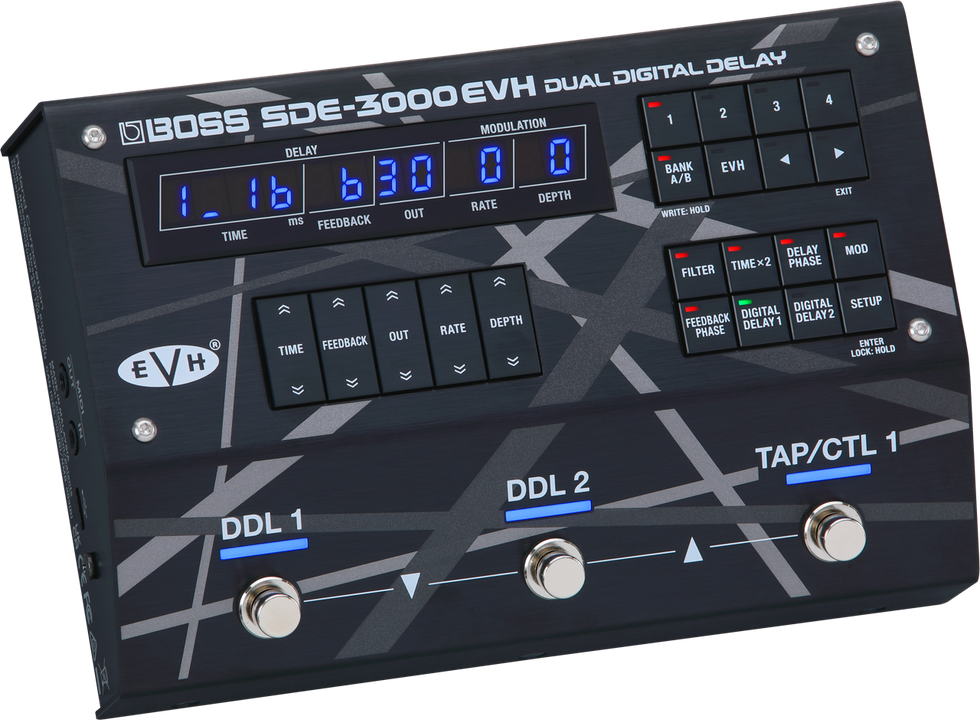
Jointly developed by EVH and Boss, the SDE-3000 EVH delivers an authentic recreation of the stereo delays at the heart of Eddie Van Halen’s live three-cabinet wet/dry/wet stage guitar sound. The legendary guitarist pioneered this approach in the early 1990s, using a dry path from a single amplifier in the center cabinet and left and right cabinets amplified with wet-only delay effects for a wide, multi-dimensional soundstage. The Roland SDE-3000 delays were perfect for his needs and remained core components of his stage rig throughout his long career.
A few years ago, EVH and Boss began discussing the idea of bringing the master’s distinctive approach with the vintage SDE-3000s to everyone. “Ed always really enjoyed seeing what people did with certain things he created,” said Matt Bruck, EVH Managing Director. “We thought it would be cool to enshrine his unique delay approach and let others find their own inspiration with it.”
EVH and Boss worked closely in the development of the SDE-3000EVH to ensure it delivers Eddie’s personal delay tone with complete authenticity. After a long process of testing and feedback, both companies proudly bring the finished product to guitarists everywhere, filled with exact sonic replicas of his presets and emblazoned with the signature EVH stripes.
Eddie used two SDE-3000 units with unique settings to achieve his live sound. With the dual delays, multiple outputs, and versatile routing modes in the SDE-3000EVH, it’s possible for any player to recreate this setup with their own amps. Eight EVH presets include four presets designed for a wet/dry/wet setup plus four presets adapted for a standard stereo amplifier setup.“The EVH presets are exactly like the presets in Eddie’s rack,” Matt Bruck relates. “There’s no difference in mix levels, input levels, or delay times—it's one-to-one.”
The Boss SDE-3000D and SDE-3000EVH are available in the U.S. now for $499 and $599 respectively.
For more information, please visit boss.info.
